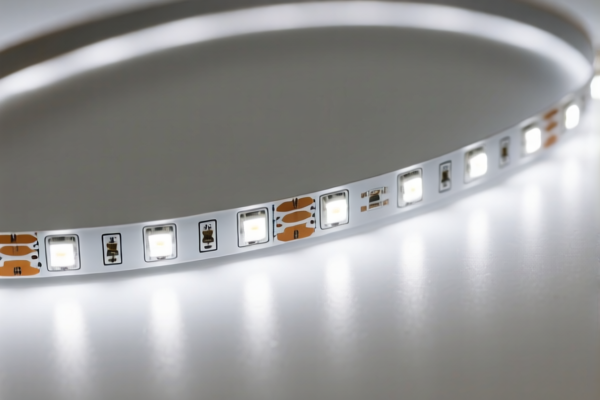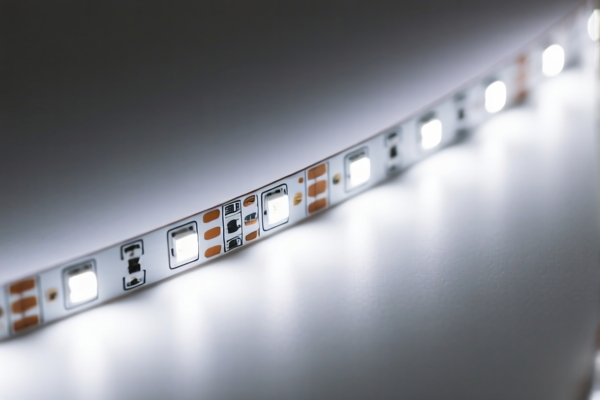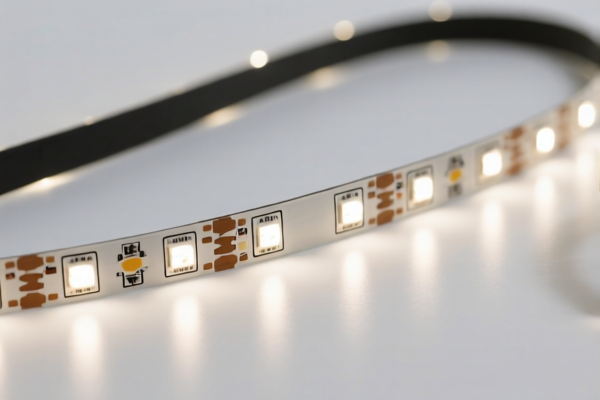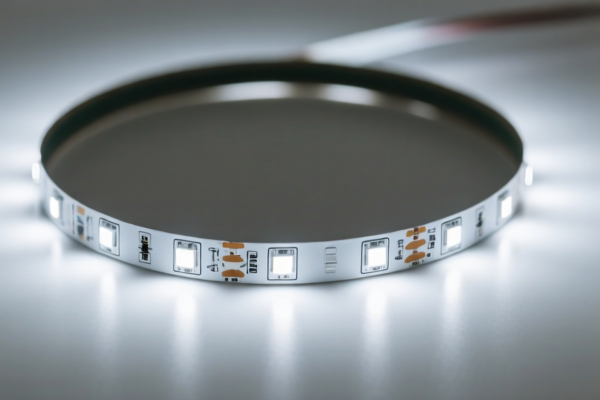| HS Code | Official Doc | Tariff Rate | Origin | Destination | Effective Date |
|---|---|---|---|---|---|
| 4823901000 | Doc | 55.0% | CN | US | 2025-05-12 |
| 4823907000 | Doc | 55.0% | CN | US | 2025-05-12 |
| 4821904000 | Doc | 55.0% | CN | US | 2025-05-12 |
| 4821902000 | Doc | 55.0% | CN | US | 2025-05-12 |
| 3916100000 | Doc | 60.8% | CN | US | 2025-05-12 |
| 3916903000 | Doc | 61.5% | CN | US | 2025-05-12 |
| 3926903000 | Doc | 59.2% | CN | US | 2025-05-12 |
| 3926909989 | Doc | 42.8% | CN | US | 2025-05-12 |




Guide Strip
A guide strip, also known as a sighting strip or aiming strip, is a small, often adhesive-backed, visual aid used to enhance accuracy in various aiming applications.
Material:
Typically constructed from materials offering high contrast and durability. Common materials include:
- Plastic: Durable, weather-resistant, and available in various colors.
- Metal: Often aluminum, providing a rigid and precise edge for alignment.
- Adhesive Backing: Essential for secure attachment to surfaces. Acrylic-based adhesives are frequently used for their strong hold and resistance to environmental factors.
Purpose:
The primary purpose of a guide strip is to provide a consistent and clear reference point for aligning a sighting device (like a laser level, scope, or even the human eye) with a target. This reduces parallax error and improves aiming precision.
Function:
Guide strips function by:
- Establishing a Line of Sight: They create a straight edge or a defined visual pathway.
- Minimizing Parallax: By providing a close-to-the-eye reference, they reduce the apparent shift in the target's position when viewed from slightly different angles.
- Improving Consistency: They ensure a repeatable aiming process, reducing errors caused by inconsistent eye positioning or sighting techniques.
Usage Scenarios:
- Laser Levels: Frequently used on rotary laser levels to aid in establishing a precise horizontal or vertical reference line. Applied to the laser housing to extend the visible line.
- Scopes (Firearms): Can be used as temporary alignment aids during scope mounting or zeroing.
- Surveying & Construction: Assists in aligning surveying equipment and ensuring accurate measurements.
- DIY Projects: Useful for tasks requiring straight lines, such as hanging pictures, installing shelving, or applying wallpaper.
- Archery: Some archers use them on their bows to improve sight alignment.
Common Types:
- Rotary Laser Level Strips: These are often elongated and designed to attach to the laser level housing, extending the visible laser line. They may feature different widths and reflectivity levels.
- Scope Alignment Strips: Smaller, typically used for temporary alignment during scope installation or zeroing.
- Universal Strips: Can be cut to size and used in various applications.
- Reflective Strips: Enhance visibility in low-light conditions.
- Non-Reflective Strips: Minimize glare and reflections in bright sunlight.
Based on the provided information, “guide strip” can potentially fall under several HS code classifications, depending on its material composition and specific application. Here's a breakdown of relevant HS codes:
-
3916100000: This code covers monofilament of which any cross-sectional dimension exceeds 1 mm, rods, sticks and profile shapes, whether or not surface-worked but not otherwise worked, of plastics, specifically Of polymers of ethylene. If the guide strip is made of polyethylene, this HS code is applicable. The first two digits (39) indicate plastics; the next two (16) specify monofilament, rods, sticks, and profile shapes; and the final two (10) denote those made of polymers of ethylene. The applicable tax rate is 5.8% basic tariff, 25.0% additional tariff, and 30.0% additional tariff after April 2, 2025, resulting in a total tax rate of 60.8%.
-
3916903000: This code also covers monofilament of which any cross-sectional dimension exceeds 1 mm, rods, sticks and profile shapes, whether or not surface-worked but not otherwise worked, of plastics, but Of other plastics. If the guide strip is made of plastic other than polymers of ethylene, this HS code is applicable. The first two digits (39) indicate plastics; the next two (16) specify monofilament, rods, sticks, and profile shapes; and the final two (90) denote those made of other plastics. The applicable tax rate is 6.5% basic tariff, 25.0% additional tariff, and 30.0% additional tariff after April 2, 2025, resulting in a total tax rate of 61.5%.
-
3926909989: This code covers Other articles of plastics and articles of other materials of headings 3901 to 3914. If the guide strip falls into this broad category, it is applicable. The first two digits (39) indicate plastics; the next two (26) specify other articles of plastics; and the final two (90) denote other. The applicable tax rate is 5.3% basic tariff, 7.5% additional tariff, and 30.0% additional tariff after April 2, 2025, resulting in a total tax rate of 42.8%.
According to the provided reference material, the HS code options related to 'guide strip' are limited, with only the following 3 found.
It is important to determine the precise material composition of the guide strip to select the correct HS code.
Customer Reviews
No reviews yet.